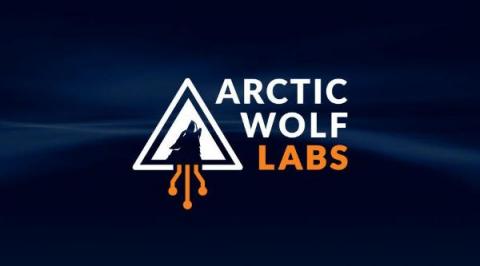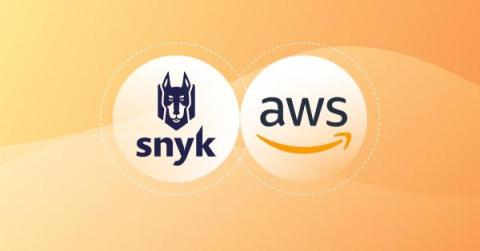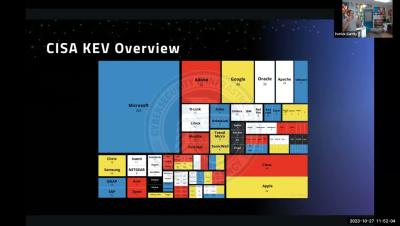Security | Threat Detection | Cyberattacks | DevSecOps | Compliance
Vulnerability
CVE-2023-41265, CVE-2023-41266 & CVE-2023-48365: Multiple Vulnerabilities in Qlik Sense Enterprise Actively Exploited
Qlik Sense Exploited in Cactus Ransomware Campaign
A DevSecOps solution for your apps on AWS from Snyk
AWS offers the infrastructure, innovation, services, and reliability to run your mission-critical applications, which is why millions of customers partner with AWS to build, run, and scale applications in the cloud. But how can customers proactively ensure the security of these critical applications?
How to integrate ASPM with your application security program
Application security posture management (ASPM) enables AppSec teams to continuously monitor, manage, and improve the security health of software applications throughout their lifecycle. It provides a framework for ensuring that applications are built securely from the start, maintained with security in mind, and continuously monitored for vulnerabilities that introduce significant risk to the business. With ASPM, we get aggregated data in a unified dashboard.
The Rise In Vulnerability Disclosure, Exploitation and Threat Intelligence
Mitigate infrastructure vulnerabilities with Datadog Cloud Security Management
Cloud environments comprise hundreds of thousands of individual components, from infrastructure-level containers and hosts to access-level user and cloud accounts. With this level of complexity, continuous and end-to-end visibility into your environment is vital for detecting, prioritizing, and fixing vulnerabilities before attackers can take advantage of them.
Exploring WebExtension security vulnerabilities in React Developer Tools and Vue.js devtools
Snyk's security researchers have conducted some research to better understand the risks of WebExtensions, both well-known (i.e. XSS, code injection) and those more specific to WebExtensions themselves. From our research we identified and disclosed some vulnerabilities within some popular browser extensions: React Developer Tools and Vue.js devtools. In this post, we will explore the WebExtension technology and look into the vulnerabilities identified.
CVE-2023-43177: Critical Unauthenticated RCE Vulnerability in CrushFTP
Trustwave MailMarshal Email Security Protects Against WinRAR Vulnerability CVE-2023-38831
The importance of email security cannot be understated. Proof of this can be seen in some recent research conducted by the Trustwave SpiderLabs team around our email security product MailMarshal. The team recently ran an experiment on known Zero Day CVE-2023-38831 found in RARLabs WinRAR that is currently being exploited in the wild in WinRAR versions 6.23 and earlier. WinRAR is a compression, archiving, and archive managing software tool.











